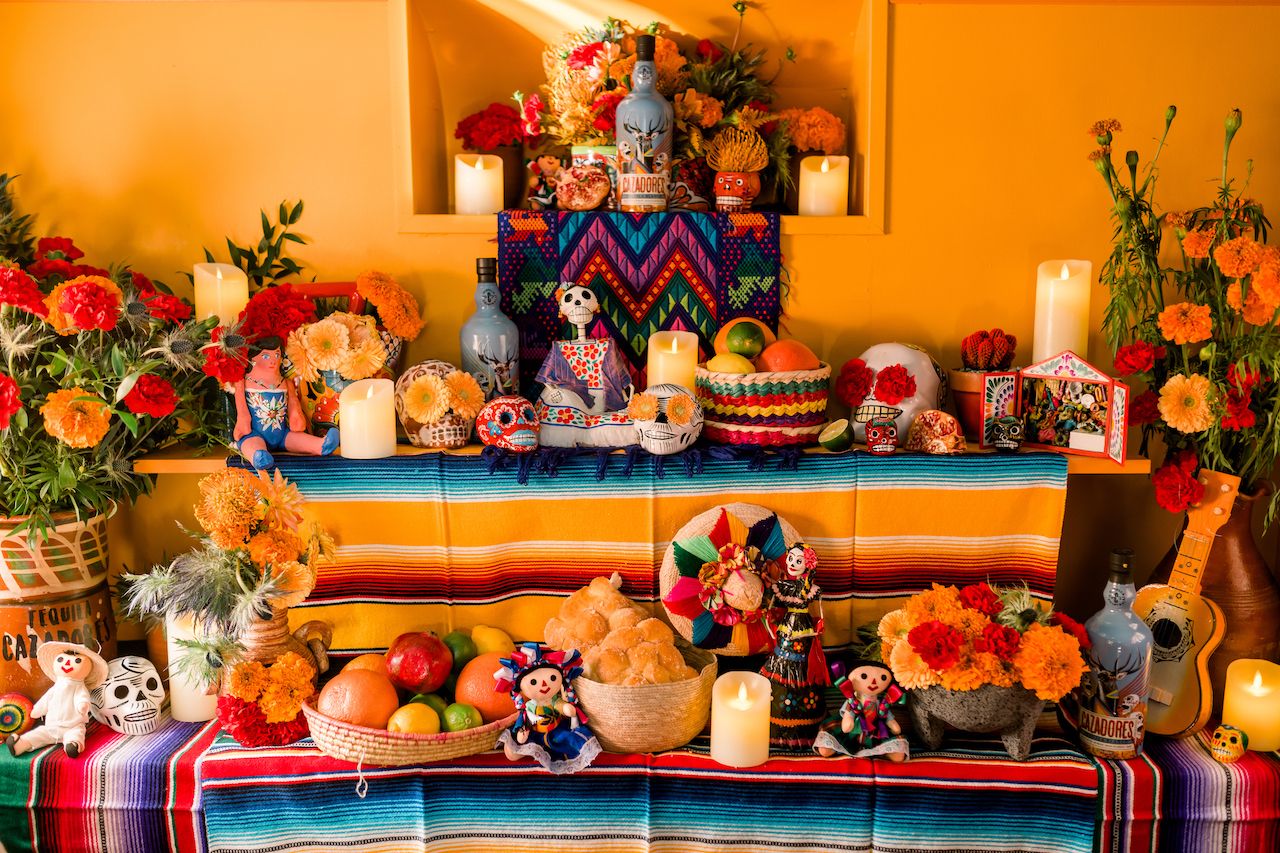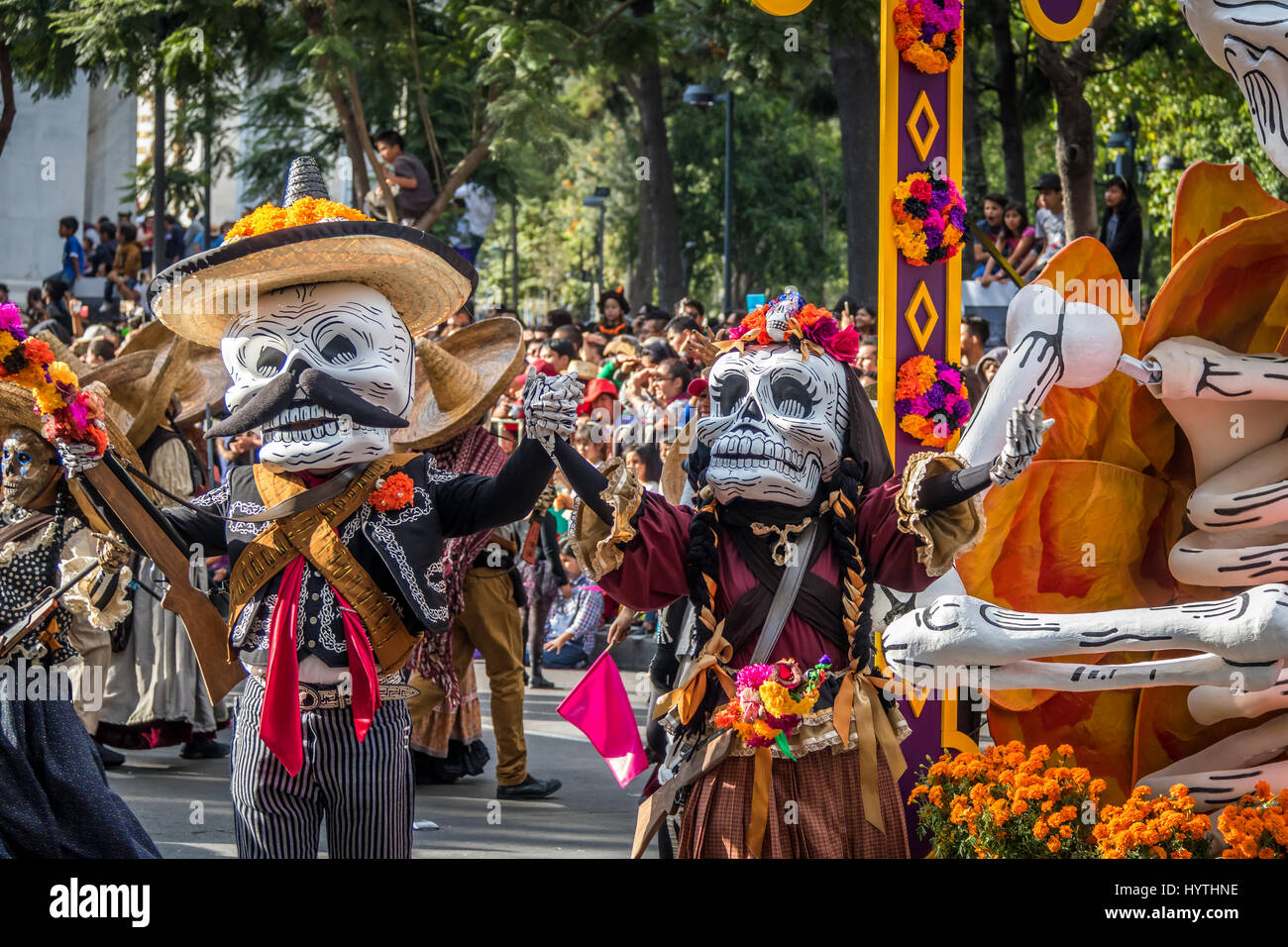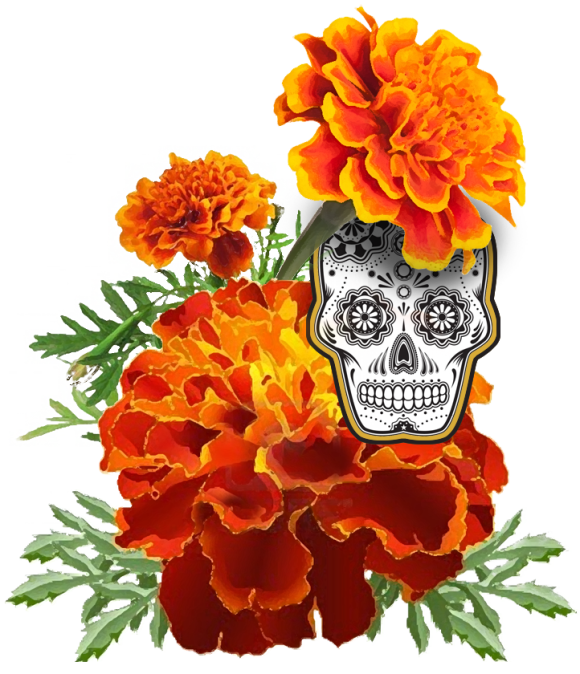Día de los Muertos, or Day of the Dead, is one of the most culturally rich and deeply meaningful holidays in the United States, especially among Latinx communities. While it originated in Mexico, its traditions have spread far beyond its borders, becoming a symbol of remembrance, celebration, and cultural pride. As the holiday approaches each year, it brings with it a wave of events, art, and community gatherings that highlight its significance.
In this article, we’ll explore the origins, traditions, and modern celebrations of Día de los Muertos, while also examining how it has become a growing part of the American cultural landscape.
The Origins and Significance of Día de los Muertos
Día de los Muertos is a two-day celebration that honors the lives of deceased loved ones. It is observed on November 1st and November 2nd, with Día de los Angelitos (Day of Little Angels) on the first day and Día de los Muertos (Day of the Dead) on the second. The holiday is rooted in Indigenous Mesoamerican traditions, particularly those of the Aztecs, who believed that death was not an end but a continuation of life. This belief is reflected in the way families honor their ancestors with joy and reverence rather than fear or sorrow.
According to historical records, the tradition dates back over 3,000 years and was influenced by the beliefs of the Aztec, Toltec, and Maya civilizations. These cultures saw death as a natural cycle and celebrated it with rituals that included altars, offerings, and music. When Spanish colonizers arrived in the 16th century, they introduced Catholic traditions, which merged with these ancient customs. This fusion helped shape the modern celebration of Día de los Muertos, aligning it with All Saints’ Day and All Souls’ Day on the Catholic calendar.
Traditions and Symbols of Día de los Muertos

One of the most recognizable symbols of Día de los Muertos is the ofrenda, or altar, which is created in homes and cemeteries to honor the deceased. These altars are filled with personal items, photographs, favorite foods, and religious objects. The most common elements include:
- Marigold flowers: Known as “the flower of the dead,” these bright yellow blooms are used to guide spirits back to the living world.
- Candles: Representing light and hope, candles are placed to illuminate the path for the souls of the departed.
- Pan de muerto: A sweet bread often baked in the shape of a skull or cross, symbolizing the cycle of life and death.
- Sugar skulls: Decorated with colorful icing, these represent the deceased and are often personalized with names.
- Papel picado: Colorful tissue paper banners that flutter in the wind, symbolizing the element of air.
Another key tradition is the Calavera, or skeleton figurines, which are often depicted in festive poses, celebrating life rather than mourning death. This imagery reflects the Mexican perspective that death is not something to be feared but something to be embraced and remembered.
Personal Stories and Cultural Impact

For many, Día de los Muertos is more than just a holiday—it’s a deeply personal and emotional experience. Vicky Garza, the Latinitas Marketing and Development Director, shared her story of discovering the holiday after moving back to Austin from Miami. “I fell in love with the idea that we celebrate the lives of our loved ones instead of mourn their death,” she said. Her family, though unable to visit her father’s grave every year, still makes an effort to honor him during the holiday.
Similarly, Arely Valenzuela, a Latinitas Club Leader, described how her family in Mexico would create altars for their late father, complete with his favorite foods and a special birthday cake. “We always say a long prayer for him and my siblings,” she explained. “It’s a way to keep his memory alive.”
These personal stories reflect the broader cultural impact of Día de los Muertos, which has grown in popularity across the U.S., especially in cities with large Latinx populations such as New York, Los Angeles, and Chicago.
Día de los Muertos in the United States

While Día de los Muertos is most widely celebrated in Mexico, it has also gained traction in the U.S., where it is now recognized as an important part of multicultural heritage. Many cities host festivals, parades, and community events to honor the holiday, bringing together people of all backgrounds.
In New Jersey, for example, the Días de los Muertos Celebration at Riverview Park in Jersey City is a week-long event featuring live music, face painting, and a community ofrenda. In New York City, the Día de los Muertos Party on a Boat Cruise offers a unique experience with traditional dance performances and Mexican cuisine. Other events include Día de los Muertos with Yasser Tejeda in Brooklyn and the Secular Day of the Dead virtual event hosted by the Freethought Society.
These events not only celebrate the holiday but also serve as a platform for cultural exchange and education, helping to preserve and promote the traditions of Día de los Muertos in the U.S.
Día de los Muertos vs. Halloween
Although both Día de los Muertos and Halloween occur around the same time of year, they are fundamentally different in meaning and practice. Halloween, with its roots in ancient Celtic traditions, is associated with costumes, trick-or-treating, and themes of fear and the supernatural. Día de los Muertos, on the other hand, is a time of remembrance and celebration, emphasizing the connection between the living and the dead.
Despite these differences, the two holidays have sometimes been conflated, especially in popular culture. However, many communities are working to educate people about the true meaning of Día de los Muertos, ensuring that it is respected and understood as a unique and significant cultural tradition.
The Future of Día de los Muertos in the U.S.
As Día de los Muertos continues to grow in popularity, it is becoming an essential part of the American cultural landscape. More schools, museums, and public institutions are incorporating the holiday into their programming, offering educational workshops, art exhibits, and community events. This increased visibility helps to foster a deeper understanding of the holiday and its significance.
Moreover, the rise of social media has allowed for greater awareness and engagement, with influencers, artists, and activists sharing stories and traditions from across the country. This digital presence ensures that Día de los Muertos remains relevant and accessible to new generations.
Conclusion
Día de los Muertos is more than just a holiday—it’s a powerful expression of love, remembrance, and cultural identity. Its traditions, rooted in ancient Mesoamerican beliefs, continue to resonate with people around the world, especially in the U.S., where it has found a new home and a growing following.
Whether through the creation of altars, participation in community events, or simply taking the time to honor loved ones, Día de los Muertos reminds us that death is not an end, but a continuation of life. As the holiday becomes more integrated into American culture, it serves as a beautiful reminder of the importance of remembering, celebrating, and cherishing those who have passed.
Stay updated with the latest news and events surrounding Día de los Muertos and other cultural celebrations across the U.S.
Meta Title: US Trending News: Día de los Muertos Traditions
Meta Description: Discover the meaning and traditions of Día de los Muertos in the U.S. Learn about its history, cultural impact, and how it’s celebrated today.
Author: Sarah Thompson
Title/Role: Cultural Affairs Writer
Credentials: With over a decade of experience covering multicultural issues and community events, Sarah has written extensively on topics ranging from Latinx heritage to global festivals. She has contributed to publications such as The New York Times and Los Angeles Magazine.
Profile Link: www.sarahlifestyle.com
Sources:
– The Arena Group – History of Día de los Muertos
– Latinitas Organization – Día de los Muertos Celebrations
– Montclair Girl – Día de los Muertos Events in NJ
Internal Links:
– A Guide to Authentic Mexican Restaurants in Hoboken + Jersey City
– Puebla de Noche: Authentic Mexican Cuisine in Montclair
– How to Celebrate Día de los Muertos in Your Community
Schema Markup:
{
"@context": "https://schema.org",
"@type": "Article",
"headline": "Understanding the Meaning and Traditions of Día de los Muertos",
"datePublished": "2025-10-30",
"dateModified": "2025-10-30",
"author": {
"@type": "Person",
"name": "Sarah Thompson"
},
"publisher": {
"@type": "Organization",
"name": "US Trending News",
"logo": {
"@type": "ImageObject",
"url": "https://example.com/logo.png"
}
},
"description": "Discover the meaning and traditions of Día de los Muertos in the U.S. Learn about its history, cultural impact, and how it's celebrated today."
}
Featured Snippet:
Día de los Muertos is a two-day holiday honoring deceased loved ones with altars, food, and celebrations. Originating in Mexico, it is now widely celebrated in the U.S. with festivals and community events.
CTA: Stay updated with the latest news and events surrounding Día de los Muertos and other cultural celebrations across the U.S.
URL Slug: /us-trending-news-dia-de-los-muertos-traditions
Alt Text for Images:
– [Día de los Muertos altar with marigold flowers and candles]
– [Traditional Día de los Muertos sugar skulls on an altar]
– [Family members creating an ofrenda at home]
– [Día de los Muertos parade in a U.S. city]
– [Comparison of Halloween and Día de los Muertos symbols]












More Stories
US Trending News: How to Claim Your Joy: A Guide to Finding Happiness and Inner Peace
US Trending News: Explore Www.hobbylobby.com: Your Ultimate Guide to the Official Site
When Is Trick Or Treating in 2024: A Complete Guide for Halloween